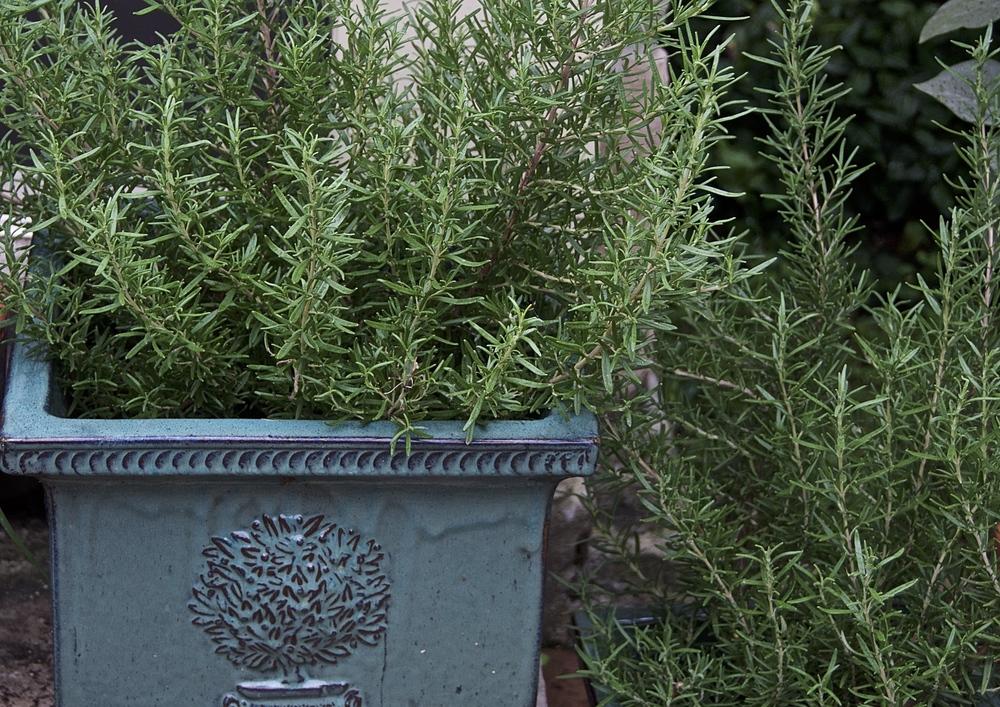If you love to cook, especially with fresh herbs, then you must have a culinary herb garden. Nothing beats the flavor of freshly picked herbs in soups, stews, sauces, casseroles, pastas, salads and many other dishes. While you certainly can grow culinary herbs in your vegetable or flower garden, why not dedicate a small garden just for growing these tasty beauties? A culinary herb garden can be not only a functional garden, but a beautiful one as well. Many culinary herbs, such as rosemary, oregano, mint and basil, have beautiful flowers that bloom in summer. These herbs provide flowers for the kitchen and habitat for bees and pollinating insects. Some herbs, such as lemongrass, sage and thyme, have leaves with interesting textures and shapes.

 Charlie Nardozzi is an award winning, nationally recognized garden writer, speaker, radio, and television personality. He has worked for more than 30 years bringing expert gardening information to home gardeners through radio, television, talks, tours, on-line, and the printed page. Charlie delights in making gardening information simple, easy, fun and accessible to everyone. He's the author of 6 books, has three radio shows in New England and a TV show. He leads Garden Tours around the world and consults with organizations and companies about gardening programs. See more about him at Gardening With Charlie.
Charlie Nardozzi is an award winning, nationally recognized garden writer, speaker, radio, and television personality. He has worked for more than 30 years bringing expert gardening information to home gardeners through radio, television, talks, tours, on-line, and the printed page. Charlie delights in making gardening information simple, easy, fun and accessible to everyone. He's the author of 6 books, has three radio shows in New England and a TV show. He leads Garden Tours around the world and consults with organizations and companies about gardening programs. See more about him at Gardening With Charlie.
 Victory Seed Company has all the seeds you want for your best garden in 2024.
Victory Seed Company has all the seeds you want for your best garden in 2024.
For 25 years, the family-owned Victory Seed Company has provided the highest quality vegetable, herb and flower seeds to families across the country. We are passionate about providing you the best seeds available that give excellent germination, robust plants, and the harvest you want. With a catalog of over a thousand varieties, we have everything, and our prices are the kinds that we'd want to pay. We have hundreds of yesterday's heirloom vegetables, as well as today's award winning hybrid selections. Get to know us by visiting our website and browsing through our online vegetable seed catalog.